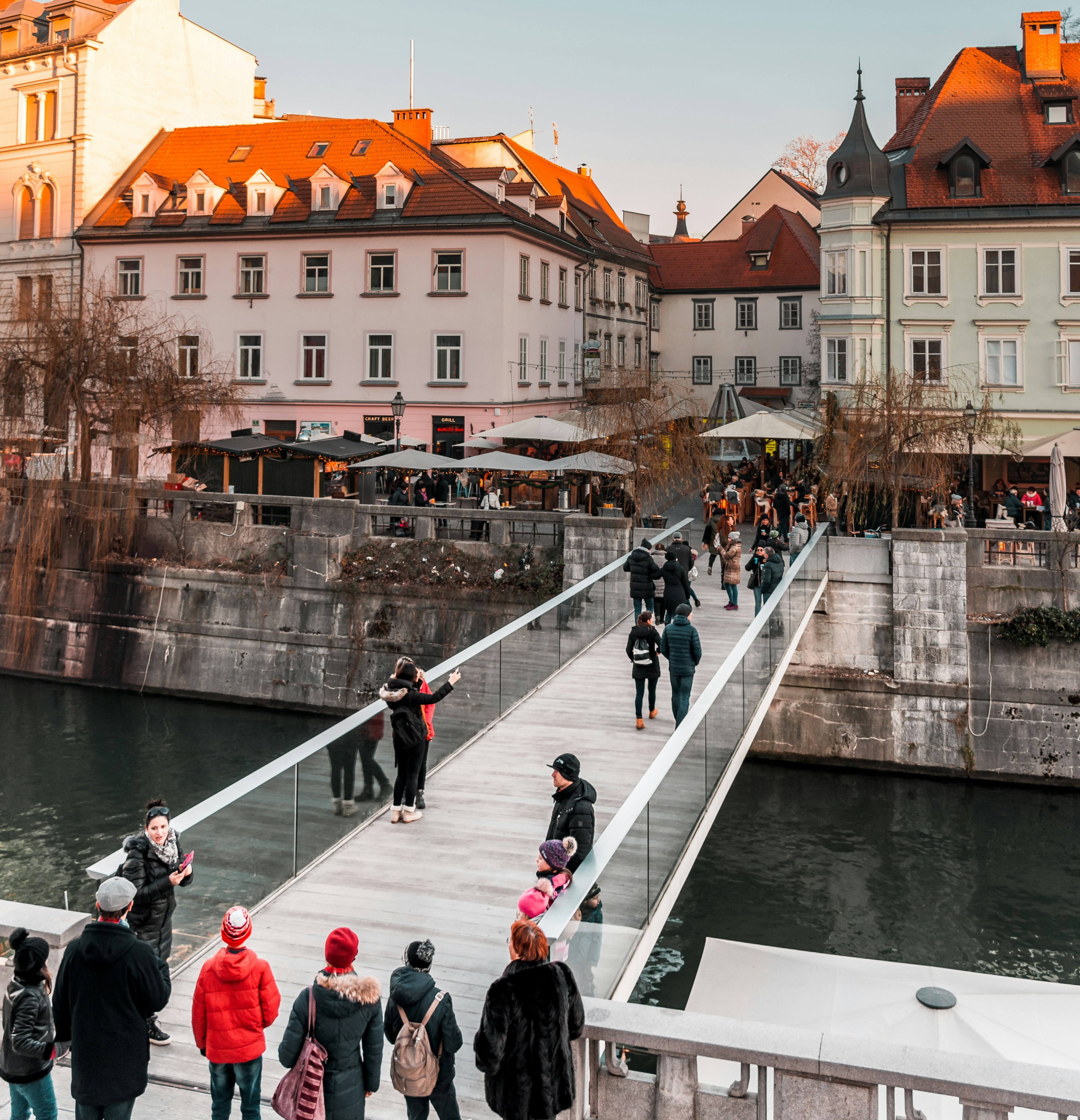Active Mobility for Enhanced Liveability

On the 22nd of September, we celebrated World Car Free Day, a global event inviting cities and communities to explore life without cars, envisioning a more sustainable urban environment.
As cities grow, ensuring accessibility, liveability, and sustainability becomes increasingly challenging. European cities have successfully implemented accessibility initiatives, offering valuable insights for other regions. A key aspect of their success lies in their focus on pedestrian-friendly infrastructure and integrated transport networks. The shift towards active mobility is vital for Europe to meet the sustainability goals of the European Green Deal, which commits to reducing greenhouse gas emissions by at least 55% by 2030.
To help deliver on the EU climate and environmental targets, including the other objectives of the European Green Deal, the European Declaration on Cycling was published in April. The Declaration further strengthens Europe's commitment to active mobility by advocating for cycling as a central pillar in sustainable urban transport strategies.
Therefore, the necessity of promoting active mobility to decrease reliance on cars for short trips is crystal clear among EU’s priorities. Cities like Copenhagen and Ljubljana prioritize cycling and walking, evidenced by Copenhagen's extensive cycling infrastructure and Ljubljana's car-free city centre. This commitment not only eases traffic congestion but also promotes active mobility and cleaner air.
However, directly replicating European models in other geographies might not always be feasible. Tailoring the approaches to local contexts is crucial. Factors such as existing urban structures, population densities, cultural norms, and available resources must be carefully considered.
The concept of the "15-minute city" is gaining traction in many European cities. This concept focuses on ensuring residents can access essential amenities within a 15-minute walk or bike ride. This approach not only promotes accessibility but also reduces reliance on cars, contributing to a more sustainable urban environment. European cities generally have lower average times compared to other global cities. This accessibility contributes to the enhanced liveability experienced in these urban environments.
Paris has embraced the 15-minute city concept. The city’s transformation of major roads, such as Rue de Rivoli, into cycling-friendly zones has encouraged people to spend more time at local businesses, boosting economic activity. Additionally, by prioritizing walking and cycling infrastructure, Paris has fostered social benefits, including increased community interaction and cohesion.
However, accessibility challenges in other areas stem from various factors, including inadequate infrastructure, limited funding, and a lack of awareness. Some cities lack basic infrastructure like pavements, bike paths, and accessible pedestrian signals, while others face difficulties integrating active modes of transport with public transportation systems. Shifting away from a car-centric culture and addressing safety concerns for pedestrians and cyclists are additional challenges.
To bridge the gap between inspiration and implementation, resources such as the MobiliseYourCity Active Modes Toolkit can be invaluable. This toolkit offers practical guidance, best practices, and tools for cities to integrate active mobility, acknowledging the challenges of adapting European models and encouraging a tailored approach. By learning from European cities, adapting their successes to local contexts, and utilizing a comprehensive set of resources, communities can create more accessible and inclusive environments.